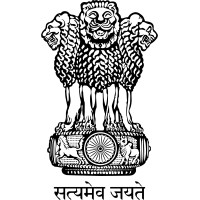INC Sessions - TNPSC

Formation of INC: 1st Session of INC The Indian National Congress (INC) was formed in 1885, marking a significant milestone in India's struggle for independence from British rule. The foundation of INC was initiated by A.O.Hume , a retired British civil servant, who aimed to create a platform for civil and political dialogue among educated Indians. The first session of the INC was held in Bombay (now Mumbai) and was attended by 72 delegates. The formation of the INC played a crucial role in unifying diverse regional and political groups, eventually leading to the broader national movement against British colonialism. INC Sessions: Year Place President 1st Session, 1885 Bombay Womesh Chandra Bonnerjee 2nd Session, 1886 Calcutta Dadabhai Naoroji 3rd Session, 1887 Madra...

















